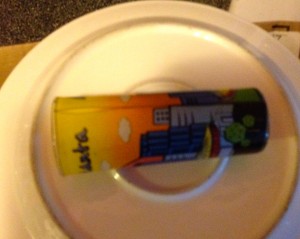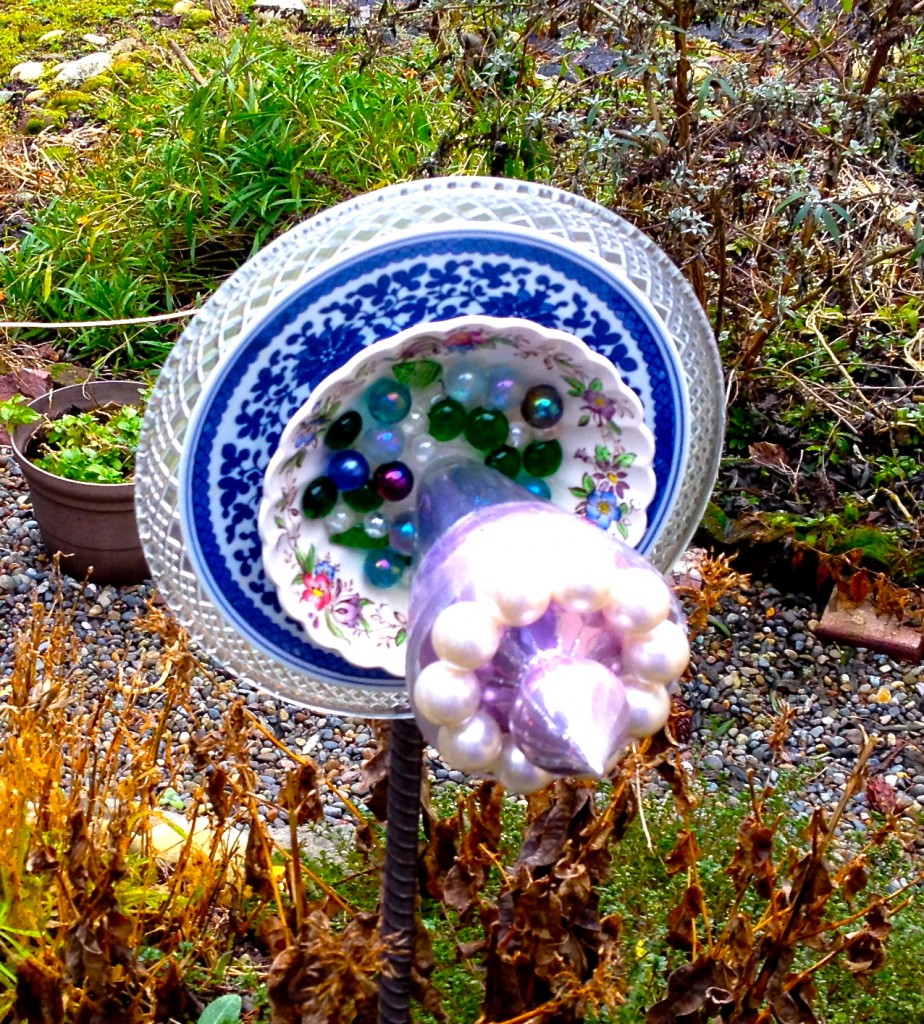 Reckoning 2: Creative Writing on Environmental Justice is solid in weight and content. The stories, poetry, essays, and art deal with the world around us and our ethics in dealing with it. This refined focus sharpens the magazine’s impact, I think, and makes it something that tries to evoke change through its art rather than the shallow comfort afforded by something whose theme was simply “Nature”.
Reckoning 2: Creative Writing on Environmental Justice is solid in weight and content. The stories, poetry, essays, and art deal with the world around us and our ethics in dealing with it. This refined focus sharpens the magazine’s impact, I think, and makes it something that tries to evoke change through its art rather than the shallow comfort afforded by something whose theme was simply “Nature”.
The annual’s mission statement is A locus for the conflict between the world as it has become and the world as we wanted it to be. Editor Michael DeLuca’s opening editor’s note, “On Having a Kid in the Climate Apocalypse,” deals with a life situation that makes that mission even more pressing: having a kid:
My son is three months old. He has no idea what the world is, what it has become. I can say anything in front of him. I can curse. I can cry. He’s happy or he’s sad. there’s no cause and effect. I can read to him from A Tree Grows in Brooklyn, a book that spends hundreds of pages drawing an analogy between a child growing up and an invasive tree species flourishing in a sidewalk crack, a book full of compassion for the poor hated by the rich, casual about the hatred it portrays for people of other cultures. He doesn’t understand a word.
The essay is intimate, frank, and willing to comtemplate its own imperfections:
Maybe this revelation isn’t for everyone. Maybe not everyone needs it. Maybe, to people who aren’t white, aren’t straight, aren’t privileged children of educated families, some of this is so painfully obvious. I’ve spent this essay embarrassing myself. I needed it. I needed to write it. I needed my assumptions undermined and broken up and reassembled around someone who wasn’t me.
While there are several essays in the magazine, all of them nicely put together and executed, my favorite pieces from the issue are all stories:
“Wispy Chastening” by D.A. Xiaolin Spires is slight but significant, much like the narrator’s crimes against the environment, turning this into a sharp look at the idea of thinking globally but acting locally, or even individually.
“To the Place of Skulls” by Innocent Ilo provides an Afrofuturist post-apocalyptic world where its protagonists visit a landscape of grit and myth:
We are going to the Place of Skulls: Saro-Wiwa, Babbe, Gokana, Ken, Nyo, Ueme, Tai, and myself. For you to know, this is not the place Bro Lucas said Jesus was crucified when he was spitting into my face from the broken lectern during his sermon, last Sunday. The Place of Skulls is where a stark reality stares us in the face. We all have after-school exhaustion, Babbe’s diarrhea has worsened, Gokana is still nursing the burns on his legs from our last visit and Mama will yank at my ear if she hears fim about it, but we must go. The Place of Skulls is that important.
“Girl Singing with Farm” by Kathrin Köhler broke my heart and yet I know I’ll go back and read it several more times. What seems like it may be simplistic turns into a beautiful, layered story with a final image that will linger with the reader.
I’m saving the best for last and that is the story “Fourth-Dimensional Tessellations of the American College Graduate” by Marie Vibbert. I love this story so much that I am not going to discuss a single detail except that the ending made my heart leap and it is my favorite story of 2018 so far. I will hold onto my copy of this magazine forever because it contains it.
Highly recommended for those enjoying more literary SF as well as thoughtful essays.
(Reckoning Press, 2017)
You can read this review at http://thegreenmanreview.com/books/recent-reading-reckoning-2/







